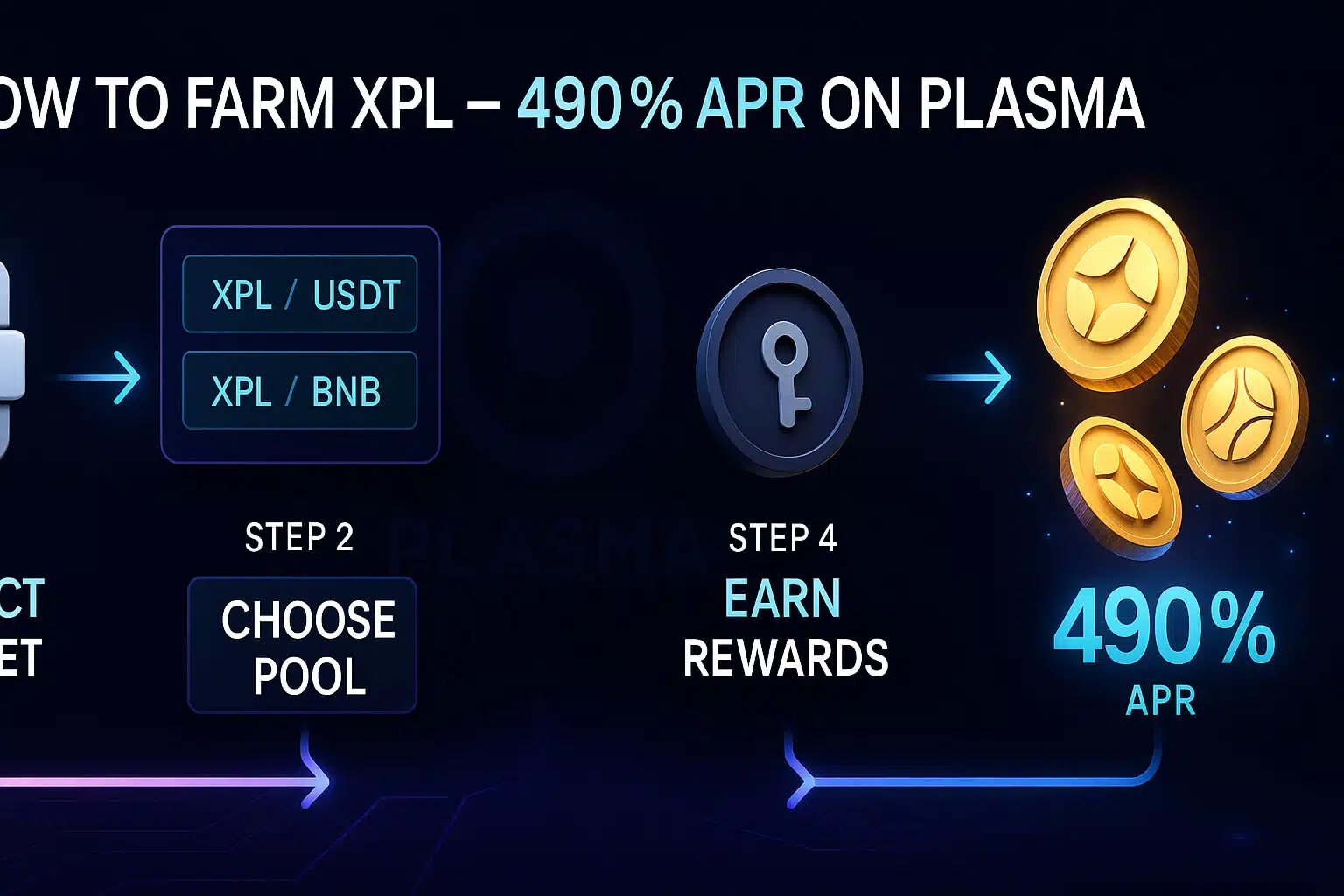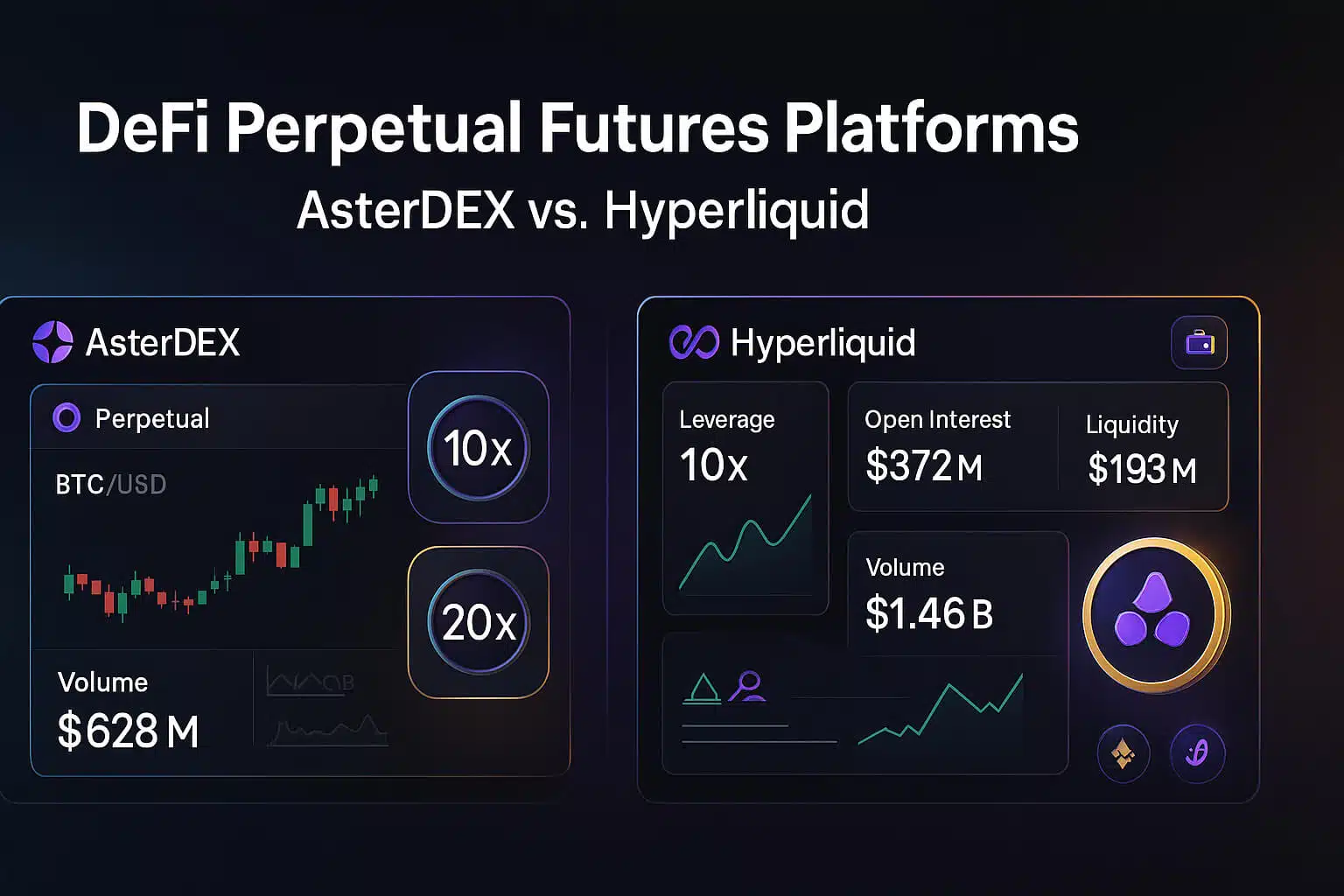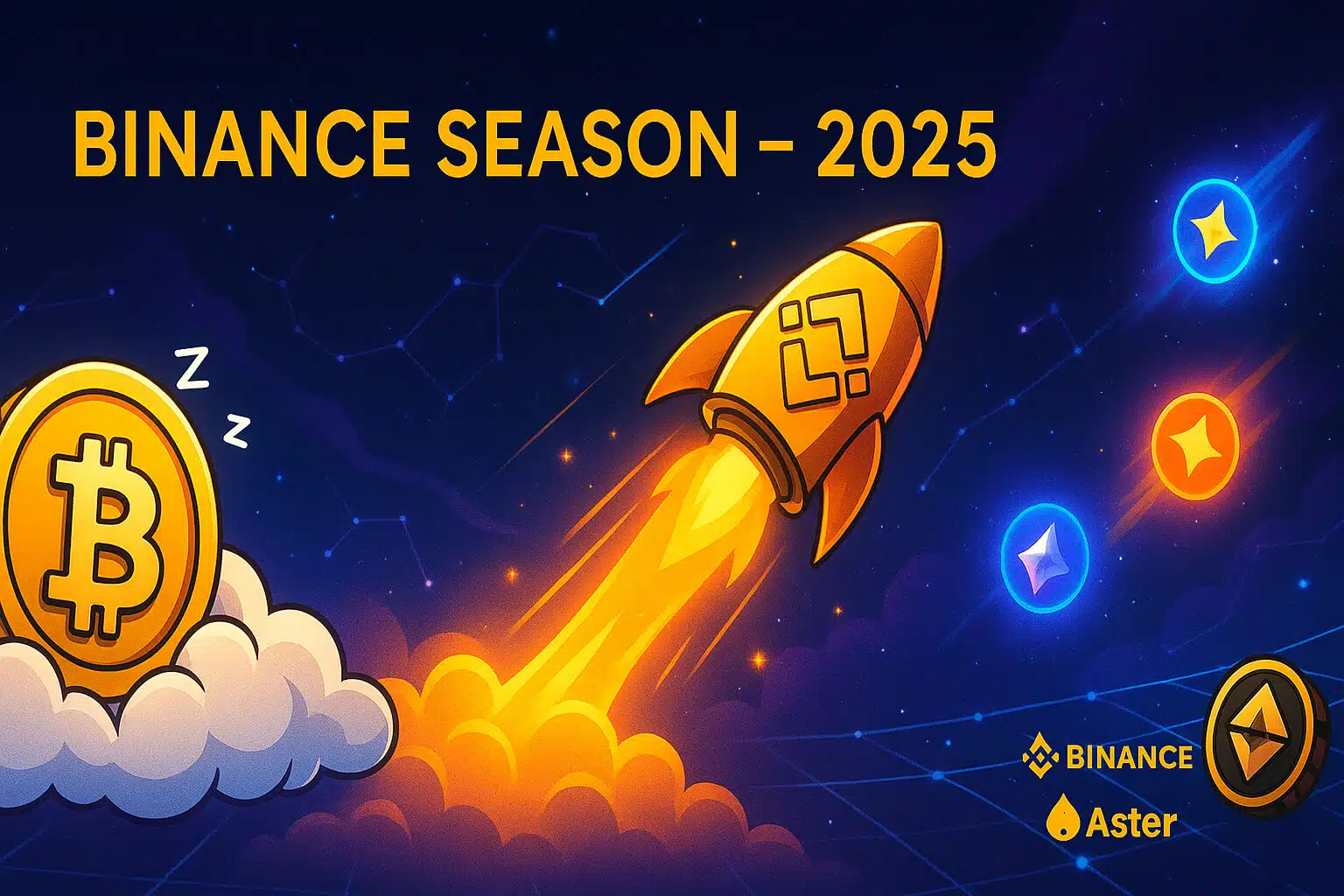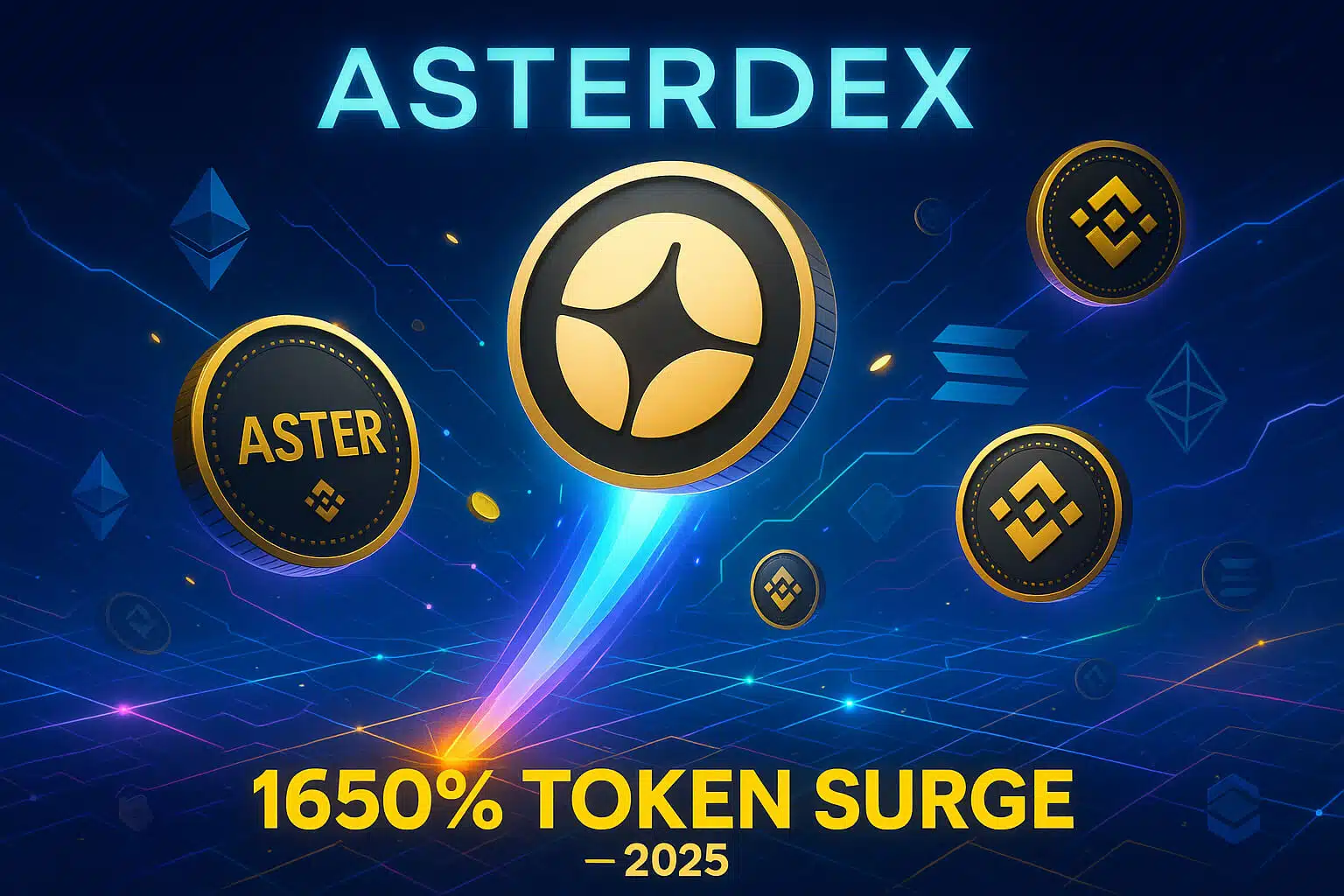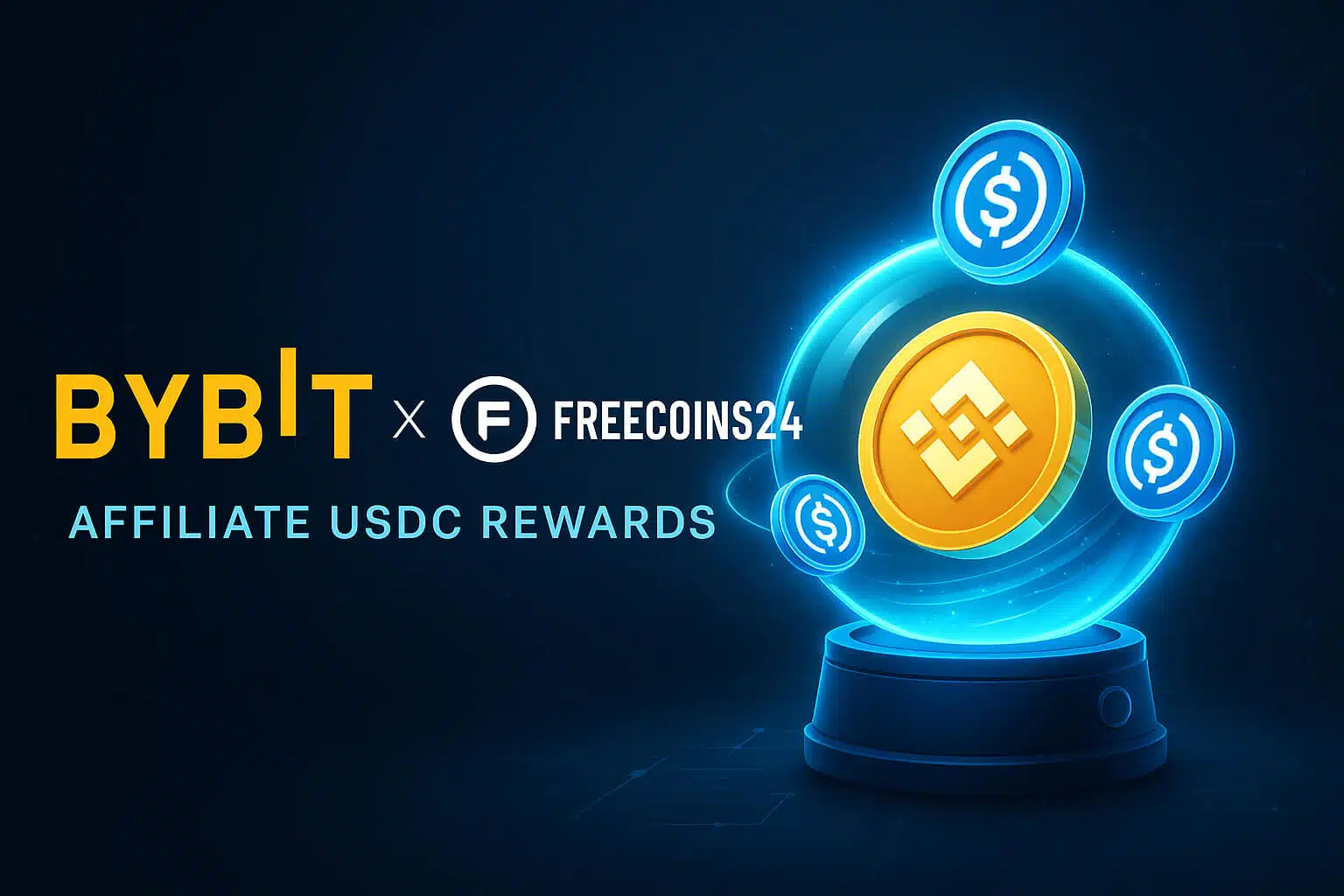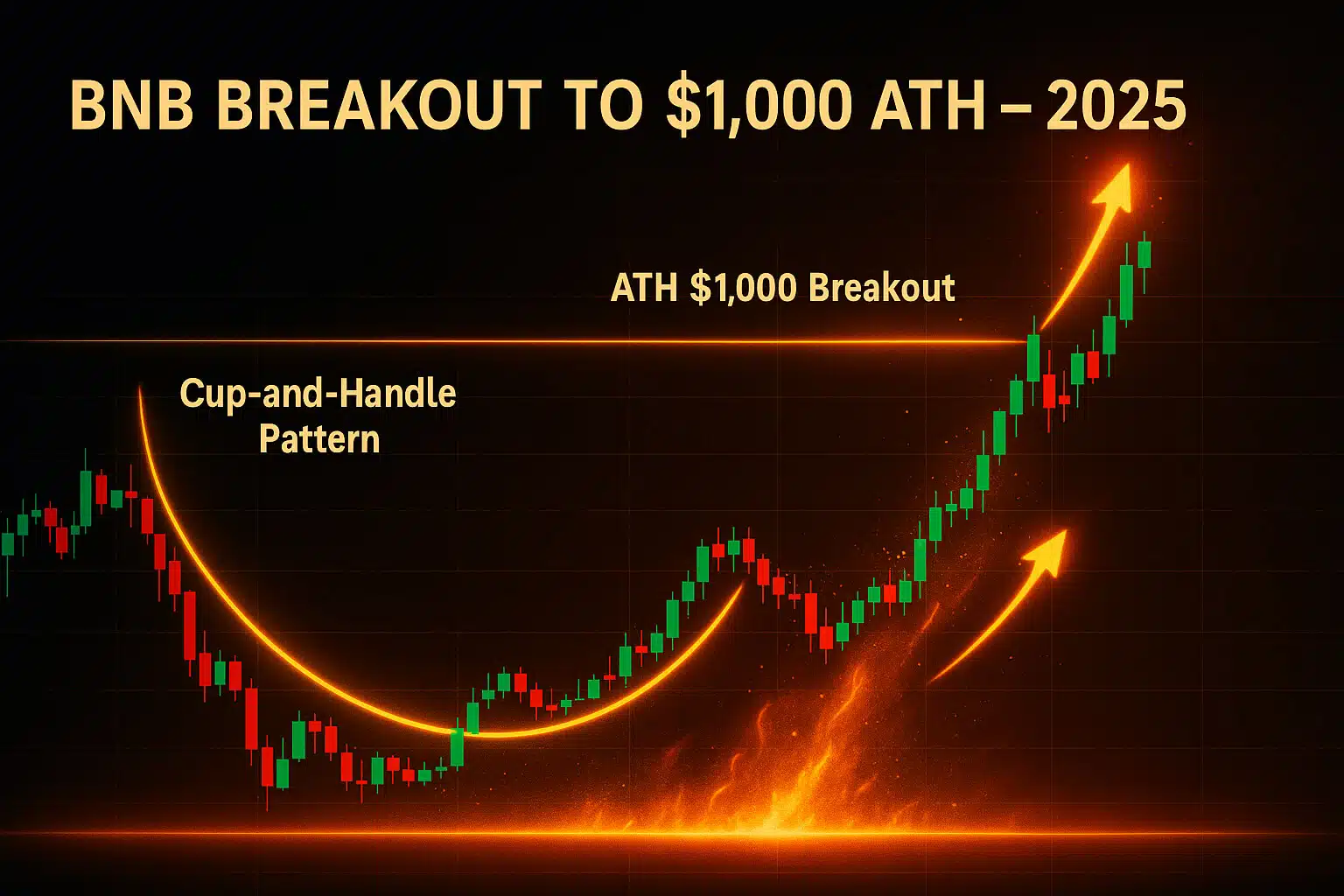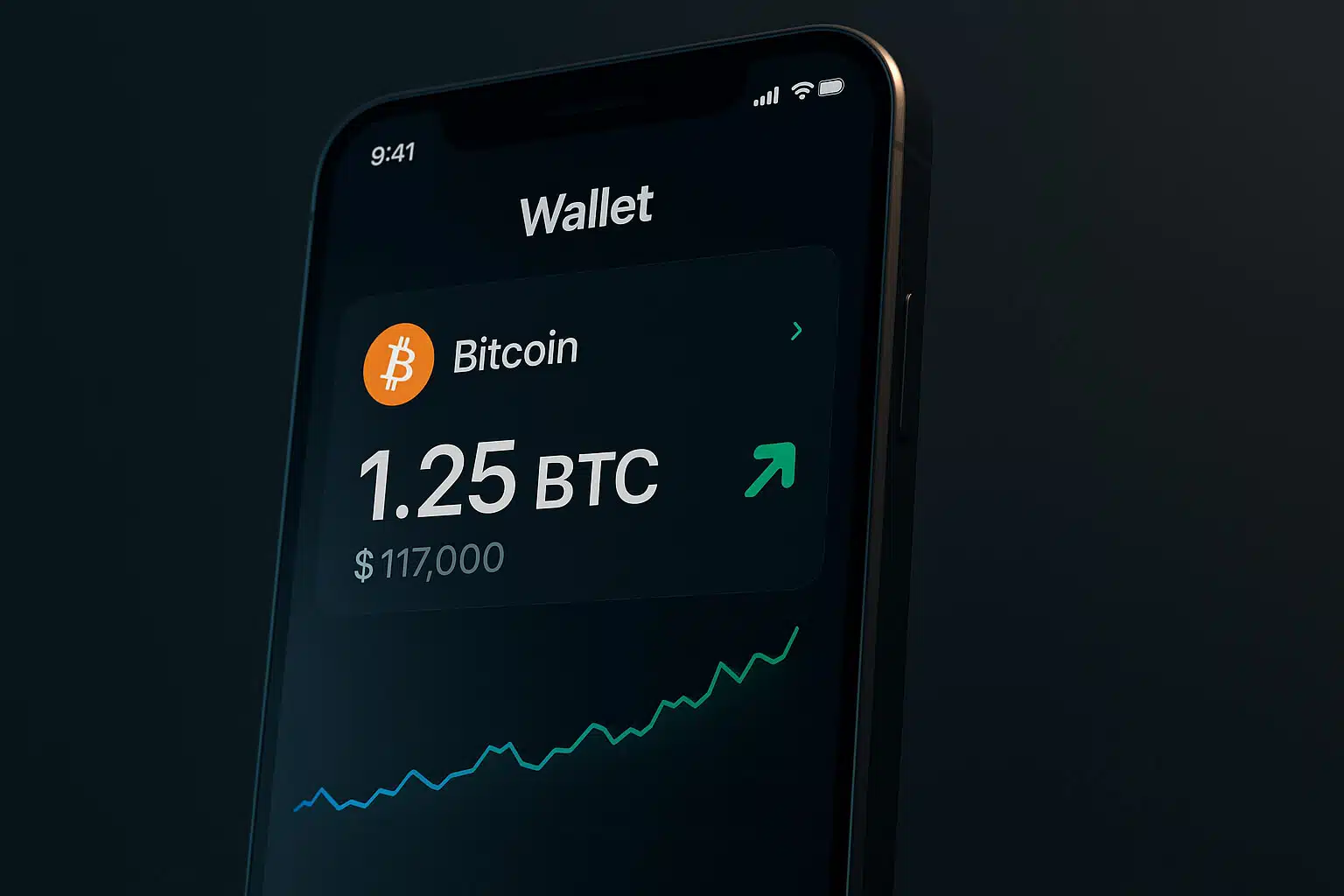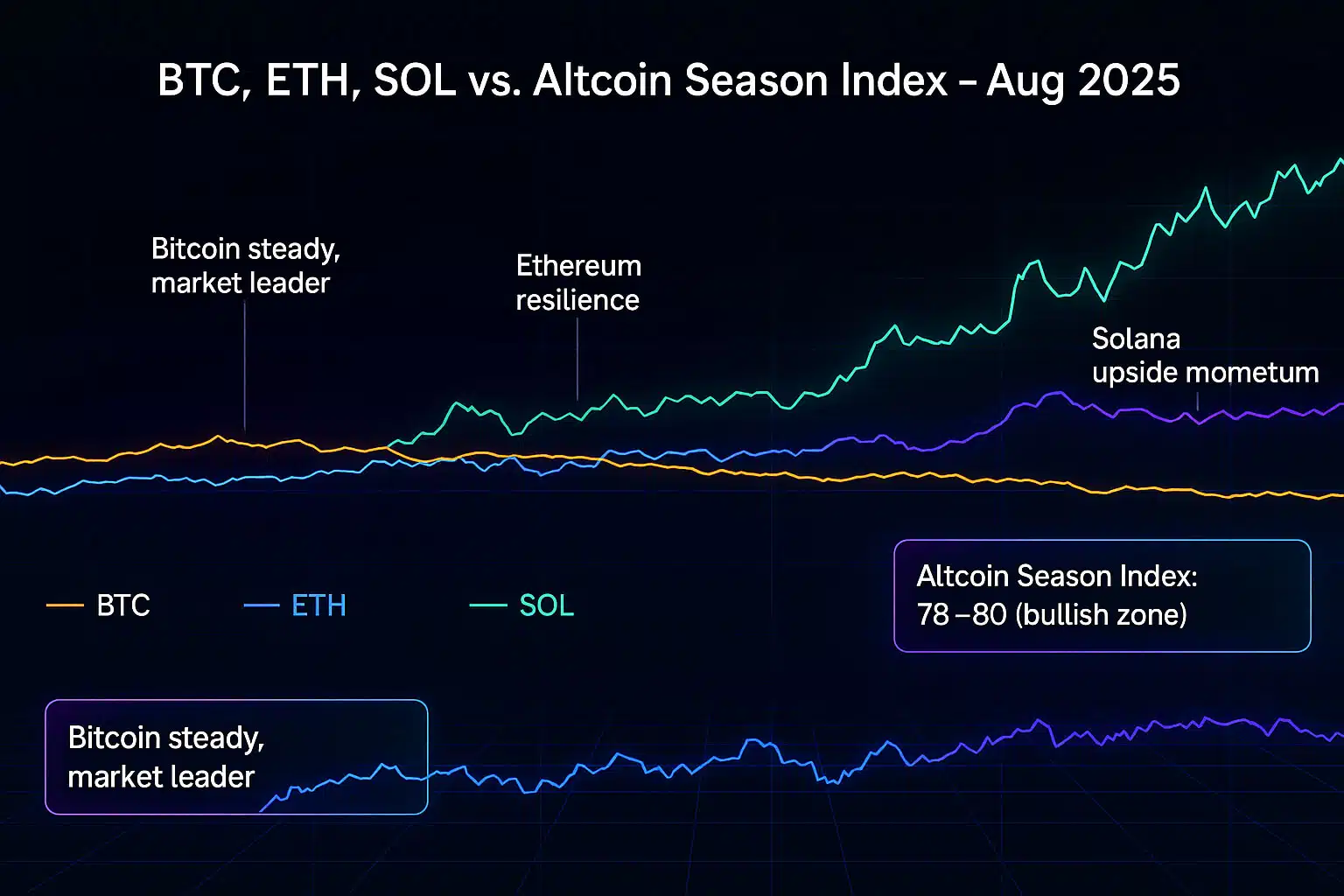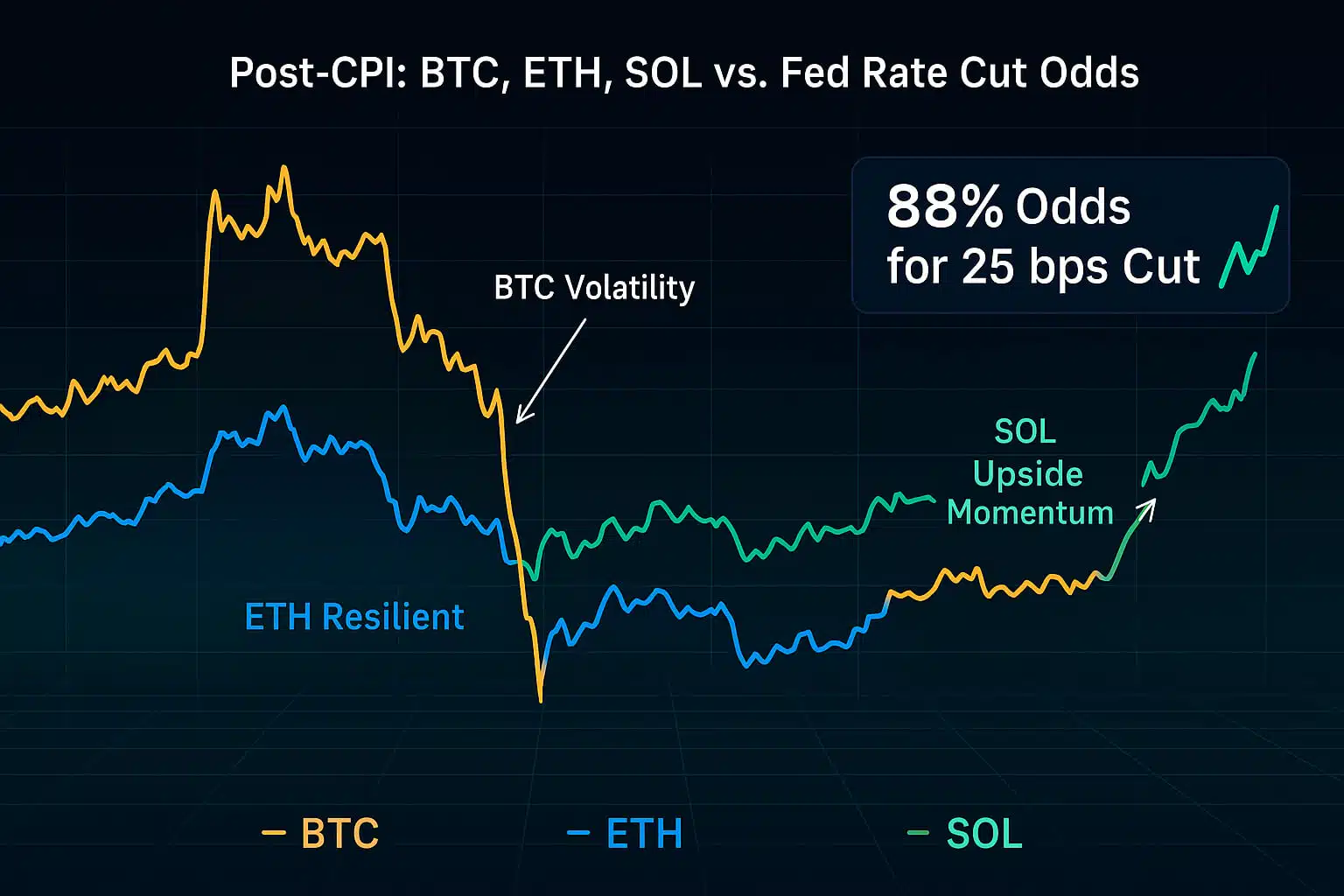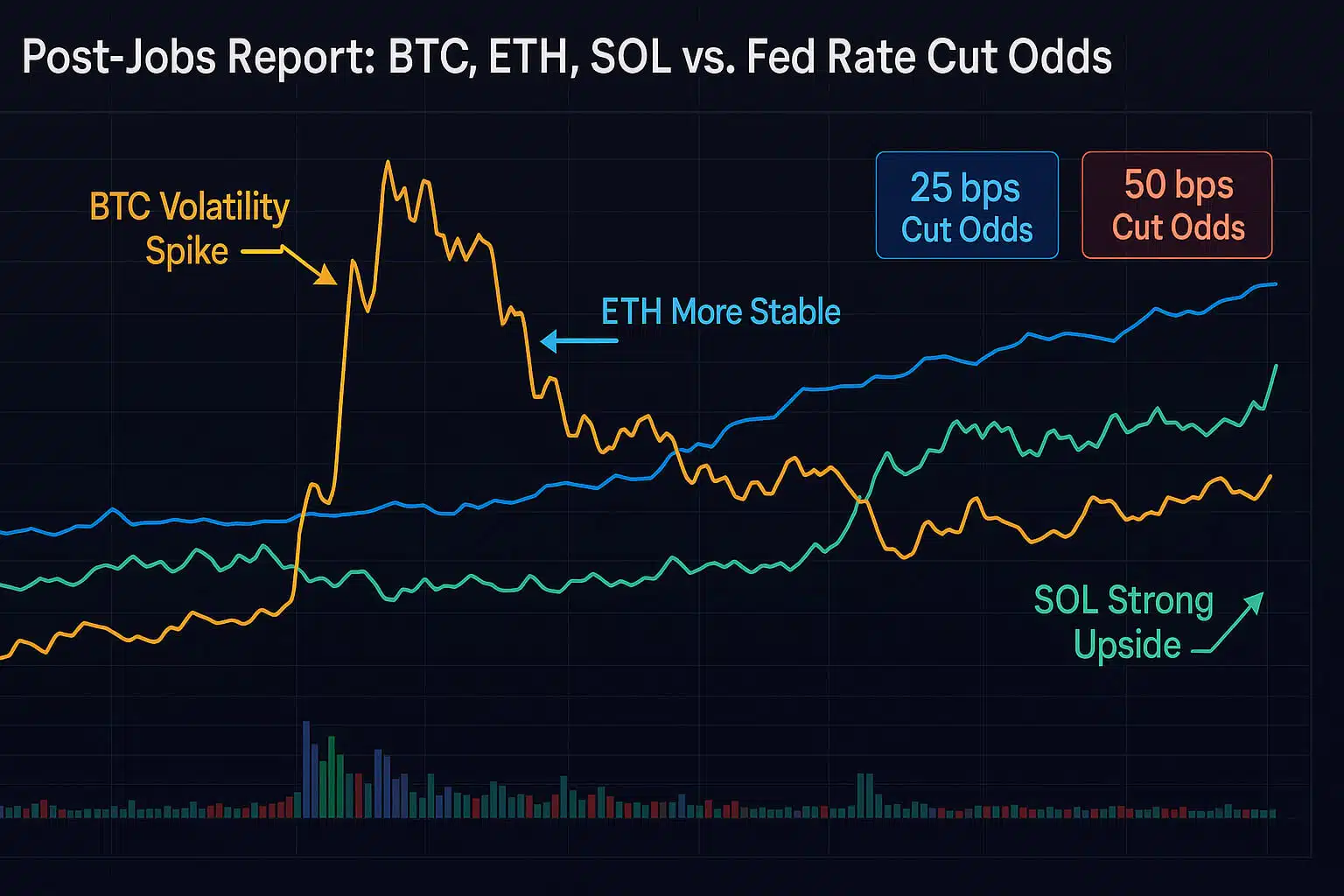The Potential of Polkadot in 2024
As the blockchain landscape continues to evolve, Polkadot stands out as one of the most promising projects poised to shape the future of decentralized technologies. Launched by Ethereum co-founder Dr. Gavin Wood, Polkadot aims to solve one of the most pressing issues in the blockchain space—interoperability. As we look toward 2024, the potential of Polkadot to revolutionize the industry is becoming increasingly clear. In this blog, we’ll explore Polkadot’s unique features, its growing ecosystem, and the significant role it could play in the future of blockchain technology.
Understanding Polkadot: A Multi-Chain Network
Polkadot is a multi-chain blockchain network designed to enable different blockchains to transfer messages, including value, in a trust-free fashion; sharing their unique features while pooling their security. Unlike traditional blockchains that operate in isolation, Polkadot facilitates communication between various blockchains, making it a highly scalable and flexible platform.
- Relay Chain: The core of Polkadot’s network, the Relay Chain, ensures that all connected blockchains, or “parachains,” can communicate and share security. The Relay Chain is responsible for Polkadot’s consensus, interoperability, and security.
- Parachains: These are individual blockchains that run parallel to the Relay Chain. Each parachain can have its own unique features and tokens, tailored to specific use cases. However, they all benefit from the shared security provided by the Relay Chain.
- Bridges: Polkadot also supports bridges, which allow it to connect with external networks like Ethereum and Bitcoin, further enhancing its interoperability. This feature makes Polkadot a key player in the multi-chain future of blockchain.
To gain a deeper understanding of how Polkadot operates, you can explore Polkadot’s Guide.
Why Polkadot Could Shine in 2024
Several factors suggest that Polkadot could play a major role in the blockchain ecosystem in 2024. Let’s explore why Polkadot might be a key player in the near future:
1. Interoperability as a Competitive Edge
One of Polkadot’s most significant advantages is its ability to enable interoperability between different blockchains. As the number of blockchain networks continues to grow, the ability to transfer assets and data across these networks will become increasingly important. Polkadot’s unique architecture allows it to act as a bridge between disparate blockchains, fostering a more connected and cohesive decentralized ecosystem.
For example, projects like Acala, which is a DeFi hub and stablecoin platform built on Polkadot, leverage the network’s interoperability to provide services that can interact seamlessly with other blockchains.
2. Scalability and Customization
Scalability has been a persistent challenge for many blockchain networks, often leading to high transaction fees and slow processing times. Polkadot addresses this issue through its parachain model, allowing multiple chains to process transactions in parallel. This not only increases the network’s overall throughput but also enables each parachain to be customized for specific use cases, whether it’s DeFi, NFTs, or enterprise solutions.
The ability to scale without compromising security or decentralization makes Polkadot an attractive platform for developers looking to build the next generation of decentralized applications (dApps).

3. Growing Ecosystem and Adoption
Polkadot’s ecosystem has been rapidly expanding, with numerous projects choosing to build on its network. From DeFi platforms like Moonbeam and Phala, to gaming and NFT projects, Polkadot is becoming a hub for innovation. This growth is likely to continue into 2024, as more developers and enterprises recognize the benefits of building on Polkadot.
Additionally, the introduction of Polkadot and it’s Parachain has generated significant interest. These auctions allow projects to secure a spot on the Polkadot network, further incentivizing innovation and competition within the ecosystem.
4. Strong Governance and Security
Polkadot’s on-chain governance model allows DOT token holders to have a say in the network’s future, ensuring that decisions are made collectively by the community. This decentralized governance structure not only enhances security but also ensures that Polkadot can adapt to changes and improvements over time.
Moreover, Polkadot’s shared security model means that all parachains benefit from the security of the Relay Chain, reducing the risk of attacks and vulnerabilities. This makes Polkadot a secure choice for developers and investors alike.
For those interested in the importance of governance in blockchain projects, this article provides a detailed explanation.
Potential Challenges for Polkadot in 2024
While the future looks bright for Polkadot, there are still challenges that the network may face in 2024:
- Competition: As more blockchain networks emphasize interoperability, Polkadot will need to maintain its competitive edge. Projects like Cosmos are also working on similar solutions, and Polkadot will need to continue innovating to stay ahead.
- Regulatory Uncertainty: As with all blockchain projects, Polkadot will need to navigate an evolving regulatory landscape. Ensuring compliance with global regulations while maintaining its decentralized ethos will be a critical challenge.
- Adoption: While Polkadot’s ecosystem is growing, widespread adoption will be key to its long-term success. This will require continuous support from developers, enterprises, and the broader crypto community.
FAQs
1. What makes Polkadot different from other blockchain networks?
Polkadot’s unique architecture allows multiple blockchains (parachains) to operate in parallel and communicate with each other, which enhances scalability and interoperability. Its ability to connect with external blockchains like Ethereum and Bitcoin through bridges also sets it apart.
2. How does Polkadot ensure security for its parachains?
Polkadot uses a shared security model where all parachains benefit from the security provided by the Relay Chain. This model reduces the risk of attacks and ensures that all connected chains remain secure.
3. What are Polkadot’s Parachain Auctions?
Parachain Auctions are a process through which projects can bid for a slot on the Polkadot network. Winning projects secure a spot on the network, allowing them to launch their blockchain (parachain) on Polkadot.
4. How can I participate in Polkadot’s governance?
DOT token holders can participate in Polkadot’s on-chain governance by voting on proposals, referenda, and other decisions that affect the network’s future. This decentralized governance model ensures that the community has a voice in Polkadot’s development.
Conclusion
Polkadot is positioned to be a major player in the blockchain space in 2024. With its focus on interoperability, scalability, and security, Polkadot offers a robust platform for the next generation of decentralized applications. However, to fully realize its potential, Polkadot will need to navigate challenges such as competition and regulatory hurdles. As the ecosystem continues to grow and innovate, Polkadot could very well become a cornerstone of the decentralized future.
For more insights and detailed guides on cryptocurrency, visit our Crypto Guides Section.
Stay Updated
For the latest updates on cryptocurrency trends and news, follow us on:
- Twitter: https://twitter.com/FreeCoins24
- Telegram: https://t.me/freecoins24
Stay informed with the latest strategies and insights in the world of cryptocurrency at FreeCoins24.io.
Special Offer
For an enhanced trading experience, consider Bybit. Sign up through our referral link to unlock exclusive rewards, including up to $30,000 in deposit bonuses, and elevate your trading journey.







